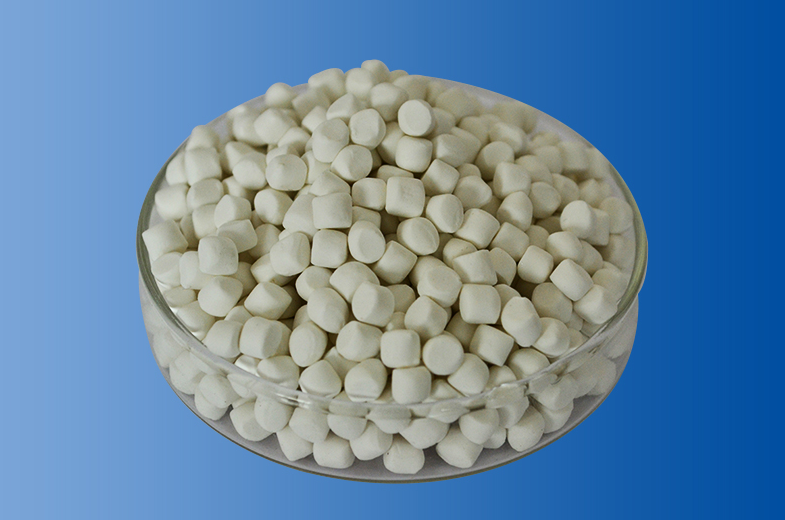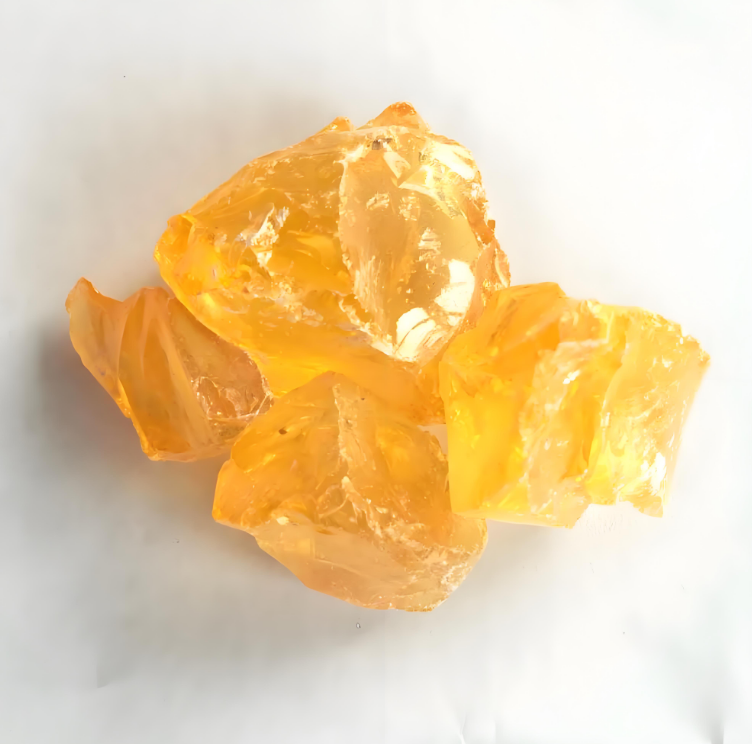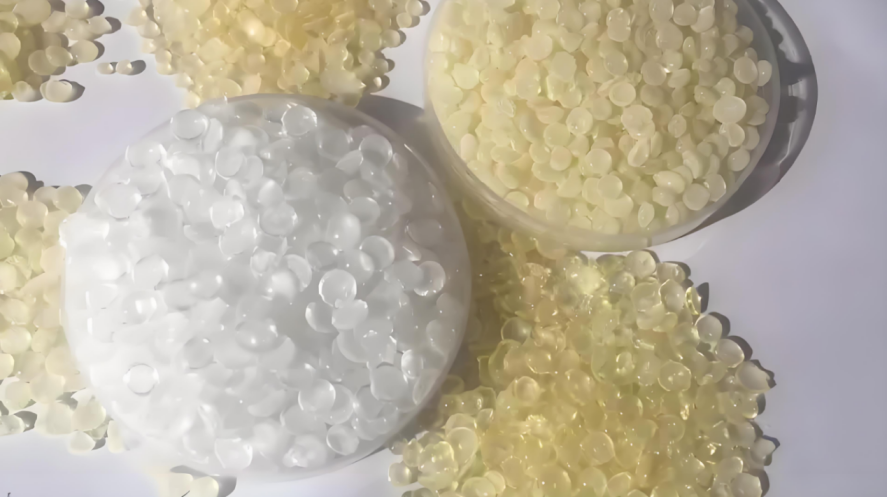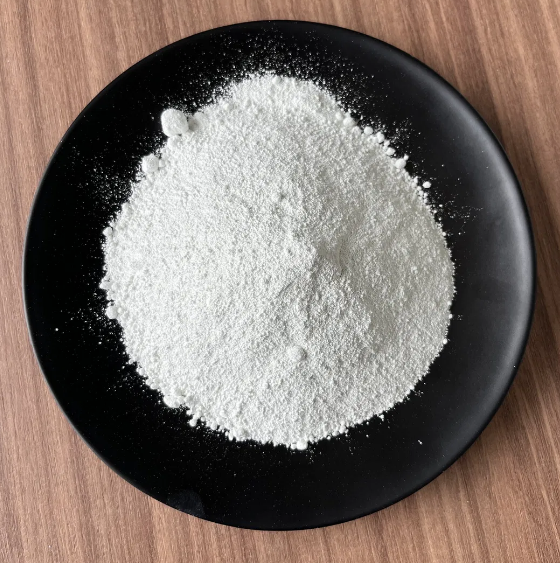What makes PLA PBAT plastic stand out in the world of sustainable materials?
09/04/2024
As a leading manufacturer of PLA PBAT plastic, CHEMBROAD is committed to advancing the development and adoption of sustainable materials. Through ongoing research and innovation, we are dedicated to addressing the challenges facing PLA and PBAT production and recycling, while also promoting consumer awareness and advocacy for environmentally responsible practices. Contact us today to learn more about our sustainable solutions and how we can support your sustainability goals.
Introducing PLA PBAT plastic
1.1 Defining PLA PBAT plastic
PLA (polylactic acid) and PBAT (polybutylene adipate terephthalate) are two types of biodegradable and compostable plastics that have gained significant attention in recent years. PLA is derived from renewable resources such as corn starch or sugarcane, while PBAT is a biodegradable copolyester composed of adipic acid, 1,4-butanediol, and terephthalic acid. These materials are increasingly being used as alternatives to traditional petroleum-based plastics due to their eco-friendliness and biodegradability.
1.2 Properties and Applications
PLA PBAT plastic possesses several desirable properties, including biodegradability, compostability, and mechanical strength. PLA is transparent and has good oxygen barrier properties, making it suitable for packaging applications. PBAT, on the other hand, offers flexibility and impact resistance, making it ideal for applications such as agricultural films and compostable bags. These materials find applications in various industries, including packaging, textiles, biomedical, agriculture, and more.
1.3 Eco-Friendliness and Biodegradability
One of the key advantages of PLA PBAT plastic is its eco-friendliness. Since they are derived from renewable resources, they have a lower carbon footprint compared to traditional petroleum-based plastics. Moreover, PLA and PBAT are biodegradable and compostable under certain conditions, meaning they can break down into natural elements without leaving behind harmful residues. This makes them a more sustainable choice for reducing plastic pollution and environmental impact.
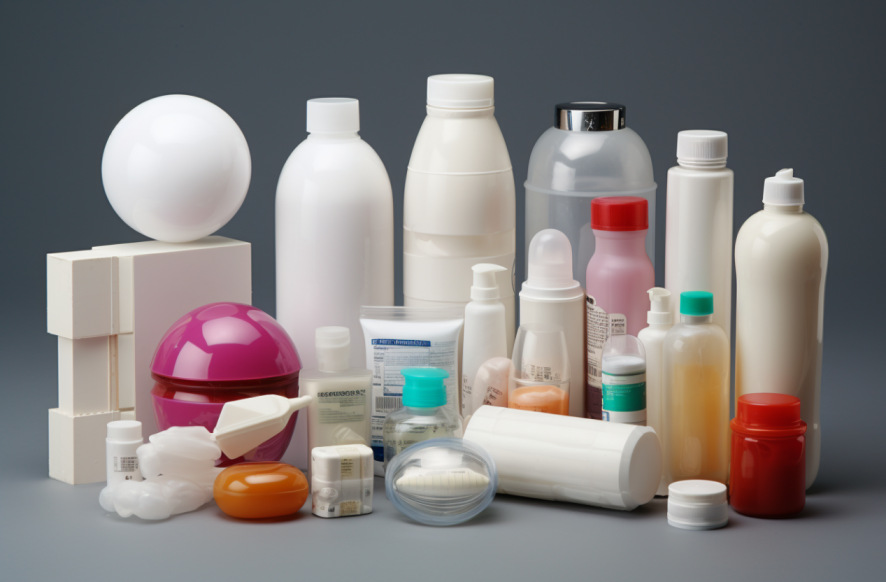
The Environmental Impact of PLA PBAT Plastic
2.1 Exploring Environmental Benefits
PLA PBAT plastic offers several environmental benefits compared to traditional plastics. As mentioned earlier, their production involves renewable resources, reducing dependency on fossil fuels. Additionally, their biodegradability and compostability mean they can be managed more sustainably at the end of their life cycle, minimizing environmental pollution and landfill usage.
2.2 Biodegradability and Compostability
PLA PBAT plastic is designed to biodegrade and compost under specific conditions, such as in industrial composting facilities or compost piles with proper temperature and humidity levels. During biodegradation, microorganisms break down the polymer chains into carbon dioxide, water, and organic matter. This process helps return nutrients to the soil and reduces the accumulation of plastic waste in the environment.
2.3 Comparing Environmental Impact
When compared to traditional plastics and other bioplastics, PLA PBAT plastic often exhibits lower environmental impact. Traditional plastics derived from fossil fuels are non-renewable and persist in the environment for hundreds of years, contributing to pollution and harming wildlife. While other bioplastics may also offer eco-friendly alternatives, PLA and PBAT stand out for their biodegradability and compostability, making them more suitable for certain applications where end-of-life disposal is a concern.
Applications of PLA PBAT plastic in Various Industries
3.1 Exploring Diverse Applications
PLA PBAT plastic has found applications across a wide range of industries due to its versatility and eco-friendly properties. In the packaging industry, PLA is used for food packaging, disposable cups, and trays, while PBAT is used for compostable bags, mulch films, and agricultural packaging. In textiles, PLA fibers are used for clothing, upholstery, and non-woven fabrics. Moreover, PLA-based materials are used in biomedical applications such as sutures, implants, and drug delivery systems.
3.2 Highlighting Specific Examples
Examples of products made from PLA PBAT plastic include compostable bags used for organic waste collection, biodegradable food packaging trays, PLA-based clothing and accessories, and biomedical implants made from PLA polymers. These products offer consumers sustainable alternatives to traditional plastics, reducing environmental impact and promoting a circular economy.
3.3 Advantages and Limitations
While PLA PBAT plastic offers many advantages, including biodegradability, renewability, and versatility, it also has limitations. PLA may exhibit limited heat resistance and moisture barrier properties, affecting its suitability for certain applications such as hot food packaging. PBAT, while flexible and durable, may require additives to enhance its mechanical properties in certain applications. Additionally, the availability of industrial composting facilities may limit the widespread adoption of PLA PBAT plastic in some regions.
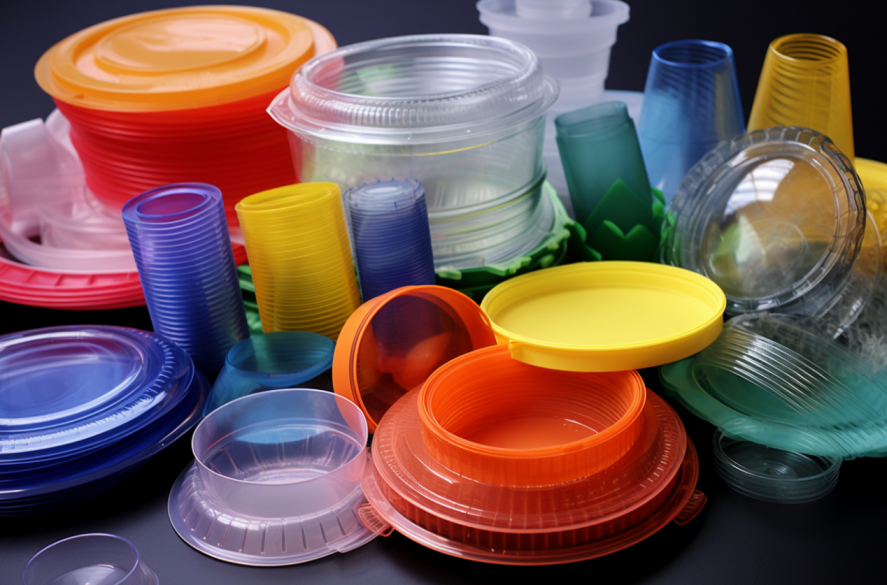
The Future of PLA PBAT Plastic
4.1 Emerging Trends and Developments
The field of PLA PBAT plastic is witnessing exciting advancements and innovations poised to shape the future of sustainable materials. Researchers and industry leaders are exploring new methods to enhance the properties of PLA and PBAT, making them more competitive with traditional plastics. Emerging trends include the development of bio-based additives to improve mechanical strength and durability, as well as the integration of nanotechnology to enhance barrier properties and functional performance.
4.2 Research and Innovations
Ongoing research efforts are focused on expanding the applications of PLA PBAT plastic across various industries. Scientists are exploring novel processing techniques to optimize material performance and reduce production costs. Additionally, innovations in biotechnology are unlocking new possibilities for bio-based feedstocks, paving the way for more sustainable manufacturing processes. Collaborative initiatives between academia, industry, and government agencies are driving forward research agendas aimed at addressing key challenges and unlocking the full potential of PLA PBAT plastic.
4.3 Future Trajectory
The future trajectory of PLA PBAT plastic appears promising, particularly in the context of sustainable packaging and reducing plastic pollution. As awareness of environmental issues continues to grow, demand for biodegradable and compostable plastics is expected to increase. Regulatory measures aimed at reducing single-use plastics and promoting circular economy principles are further driving market adoption of PLA and PBAT materials. With ongoing advancements in technology and increasing consumer preference for eco-friendly products, PLA PBAT plastic is well-positioned to play a significant role in the transition toward a more sustainable and circular economy.
Challenges and Solutions in the Production and Recycling of PLA PBAT plastic
5.1 Identifying Production Challenges
Despite their environmental benefits, PLA PBAT plastic faces several challenges in the production process. One significant challenge is cost competitiveness compared to traditional plastics, as well as scalability issues associated with the limited availability of bio-based feedstocks. Additionally, variations in material properties and processing parameters can pose challenges for manufacturers seeking consistent product quality.
5.2 Strategies for Overcoming Challenges
To address these challenges, manufacturers are investing in research and development to optimize production processes and reduce costs. Advancements in fermentation technology and bio-based feedstock sourcing are helping to improve the economic viability of PLA PBAT plastic. Furthermore, process optimization and automation are enhancing efficiency and scalability in production, enabling manufacturers to meet the growing demand for sustainable materials.
5.3 Recycling Methods and Prospects
Recycling PLA PBAT plastic presents unique challenges due to its biodegradable and compostable nature. Current recycling methods for PLA and PBAT typically involve mechanical or chemical processes to break down the polymers into reusable materials. However, challenges remain in separating PLA and PBAT from other plastics in the recycling stream and maintaining material purity. Despite these challenges, research into innovative recycling technologies, such as enzymatic degradation and depolymerization, holds promise for improving the recyclability of PLA PBAT plastic in the future.
Consumer Awareness and Adoption of PLA PBAT plastic
6.1 Importance of Consumer Awareness
Consumer awareness plays a crucial role in driving the adoption of sustainable materials like PLA PBAT plastic. Educating consumers about the environmental benefits of biodegradable and compostable plastics can influence purchasing decisions and encourage demand for eco-friendly products. Increased awareness also fosters a greater sense of responsibility among consumers to support businesses that prioritize sustainability and environmental stewardship.
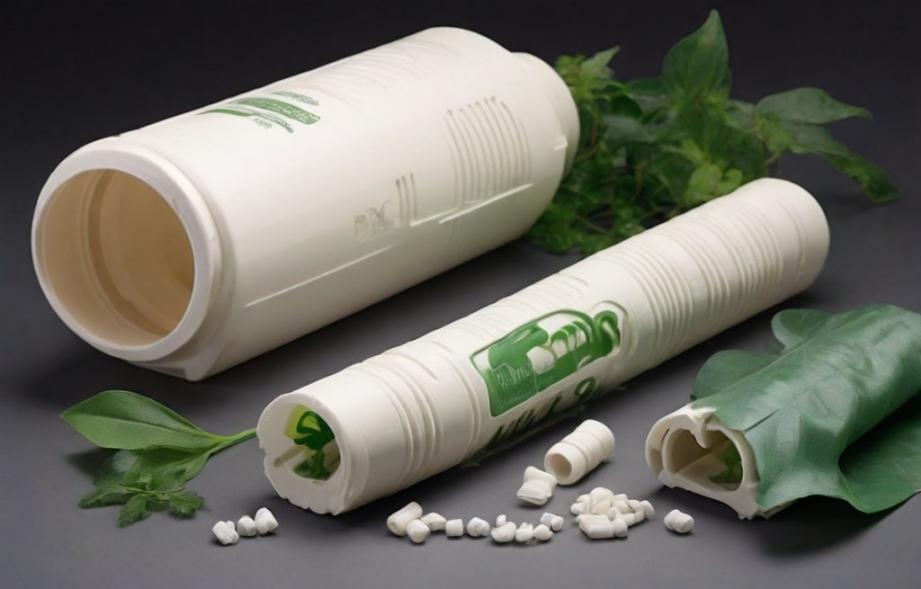
6.2 Tips for Consumers
To support the adoption of PLA PBAT plastic, consumers can look for products labeled as biodegradable, compostable, or made from renewable resources. Additionally, choosing products with minimal packaging and opting for reusable alternatives can help reduce plastic waste. Supporting businesses that prioritize sustainability initiatives and advocating for policies that promote the use of biodegradable plastics can also drive positive change in the marketplace.
6.3 Role of Education and Advocacy
Education and advocacy efforts are essential for promoting the widespread adoption of biodegradable and compostable plastics. Schools, community organizations, and environmental groups can play a vital role in raising awareness about the environmental impact of traditional plastics and the benefits of transitioning to sustainable alternatives. By engaging with policymakers, industry stakeholders, and the public, advocates can influence decision-making and drive meaningful change toward a more sustainable future.
Conclusion
In conclusion, PLA PBAT plastic offers promising solutions to the environmental challenges posed by traditional plastics. Their eco-friendliness, biodegradability, and diverse applications make them valuable materials in the transition towards a more sustainable future. As awareness of plastic pollution grows and regulations on single-use plastics tighten, the demand for PLA PBAT plastic is expected to rise, driving further innovation and development in this field.

